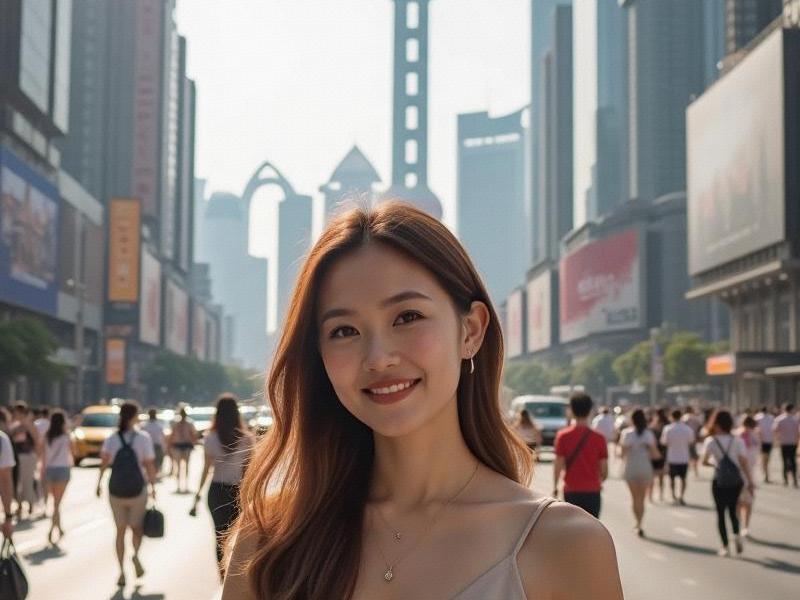
[Section 1] Historical Context
• Early 20th Century:
- Qipao fashion revolution
- First female entrepreneurs
- Western influence adoption
- Education pioneers
• Socialist Period:
- Gender equality policies
- Industrial workforce integration
- Simplified beauty standards
- Collective identity formation
[Section 2] Contemporary Landscape
• Career Profiles:
- 68% workforce participation rate
- 42% senior management positions
- Tech industry leadership
- Creative sector dominance
阿拉爱上海 • Education Trends:
- 3:2 female-to-male university ratio
- Overseas study preferences
- Continuous learning culture
- Professional certification focus
[Section 3] Style Evolution
• Fashion Industry:
- ¥380 billion annual market
- Local designer emergence
- Sustainable fashion movement
- Fusion style innovation
• Beauty Standards:
- Health-conscious approaches
- Natural aesthetic appreciation
- Smart skincare technology
- Individuality celebration
[Section 4] Social Influence
上海贵族宝贝龙凤楼 • Media Representation:
- Positive portrayal trends
- Stereotype challenges
- Role model visibility
- Digital content creation
• Cultural Impact:
- Literature contributions
- Arts leadership
- Community initiatives
- Global exchange programs
[Section 5] Challenges and Progress
• Workplace Dynamics:
- Gender pay gap reductions
- Leadership pipeline development
- Work-life balance solutions
- Entrepreneurial support
上海品茶工作室 • Social Expectations:
- Marriage age norms shifting
- Family role redefinition
- Personal fulfillment emphasis
- Community support networks
[Section 6] Future Perspectives
• Emerging Trends:
- Tech industry leadership
- Cross-border collaborations
- Mentorship programs
- Social impact focus
• Global Connections:
- International exchanges
- Cultural ambassadors
- Business networks
- Educational partnerships
Shanghai women continue to redefine urban femininity through their unique combination of professional ambition, cultural pride, and personal style - setting new standards for modern Asian women worldwide.
